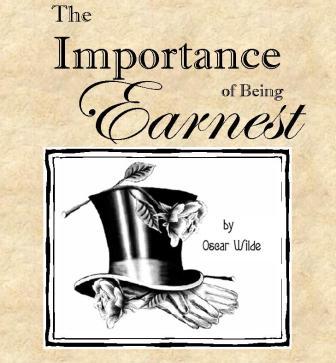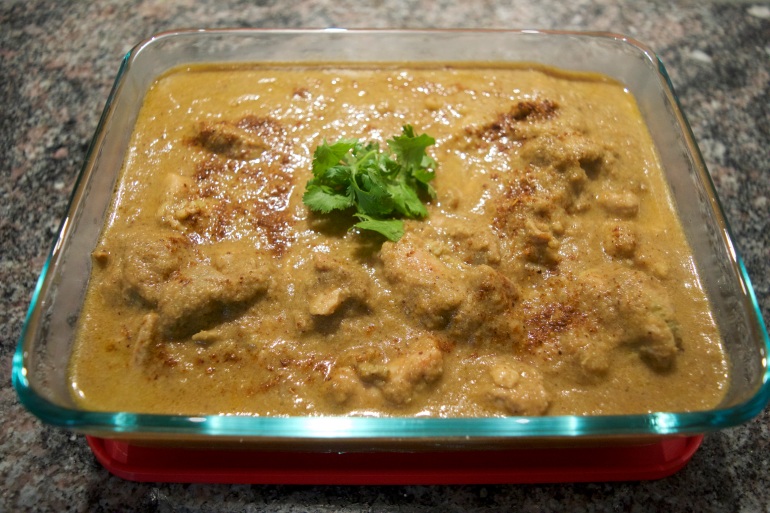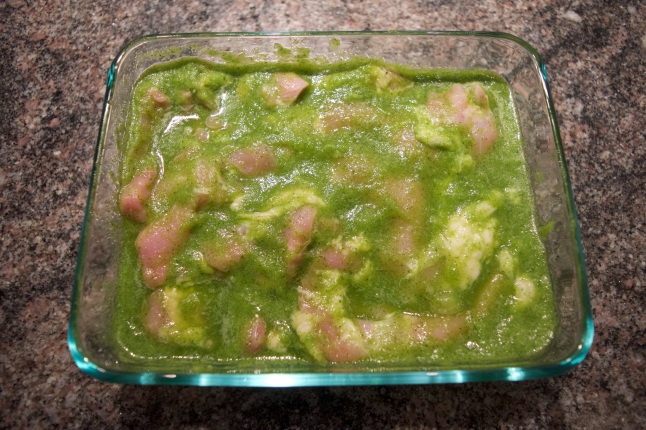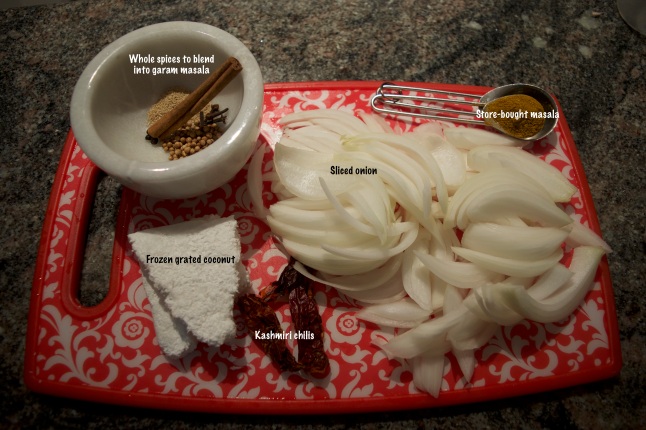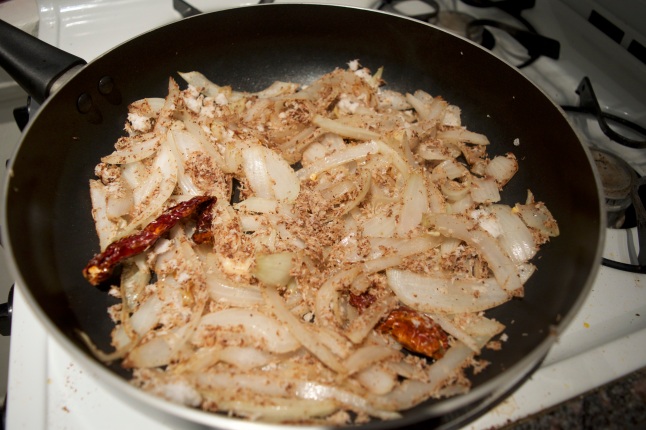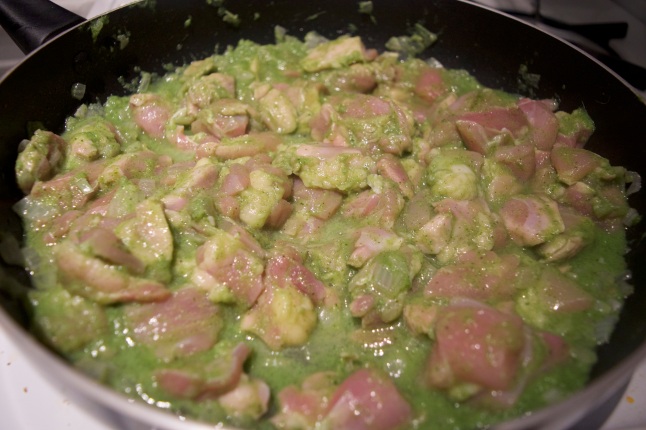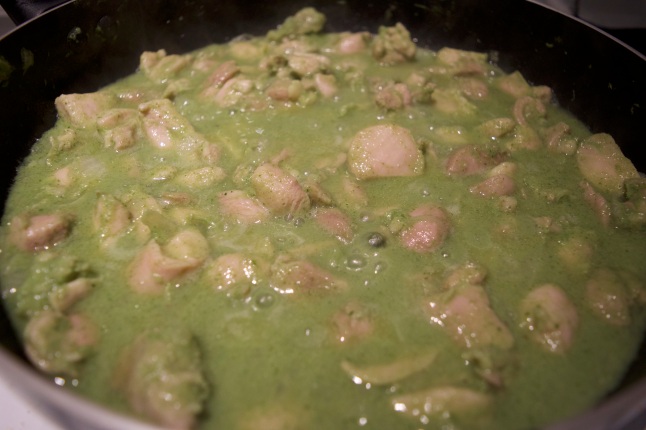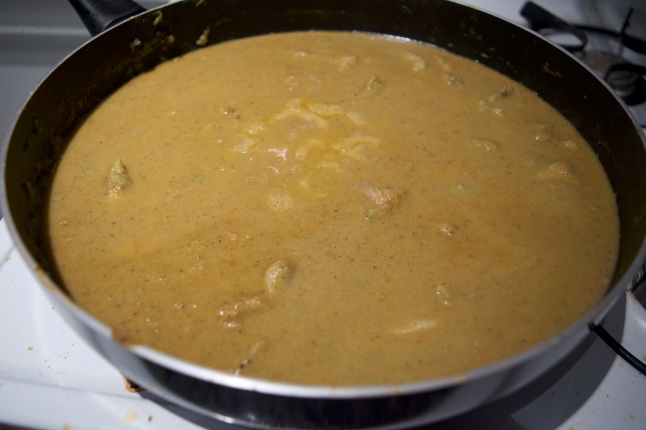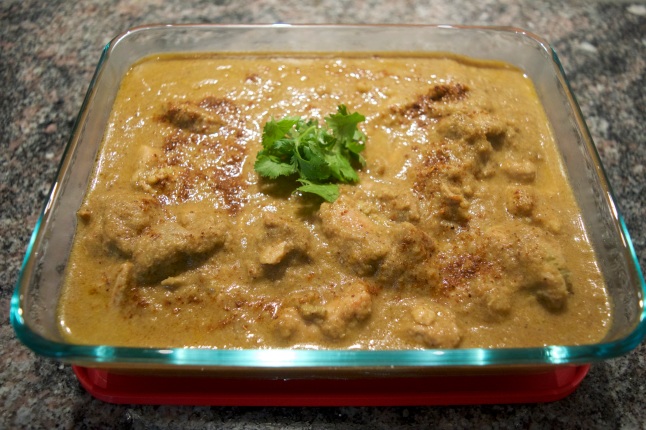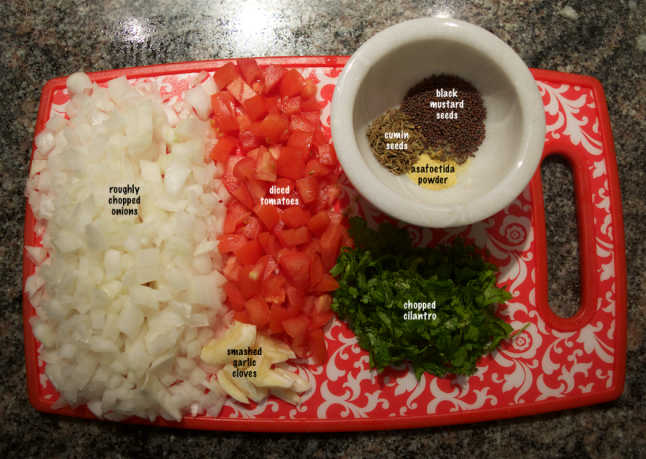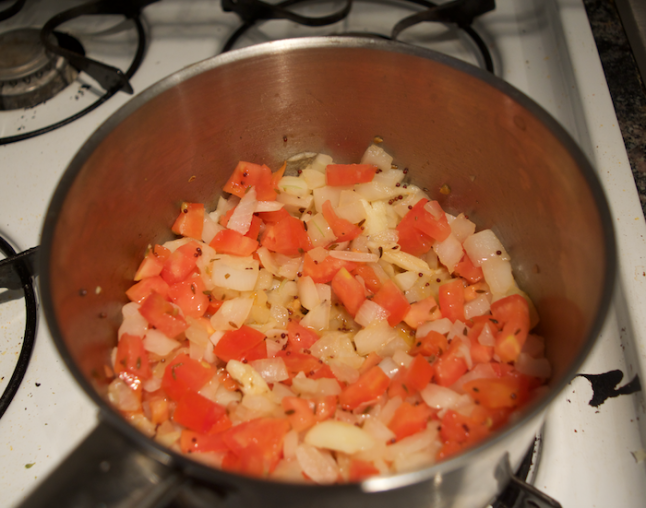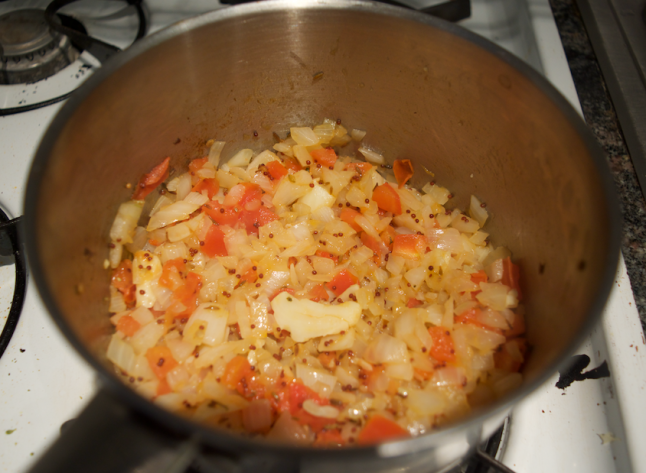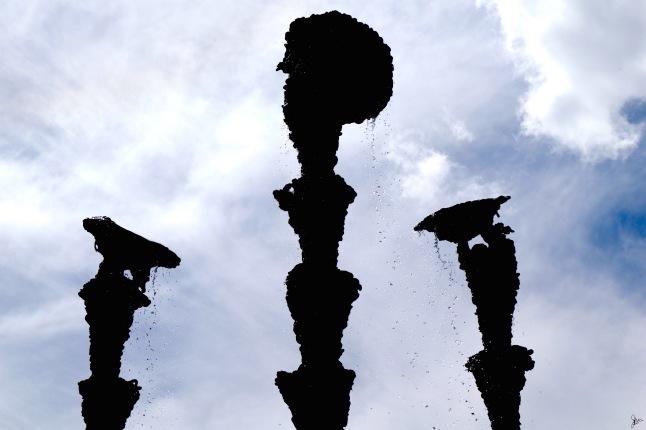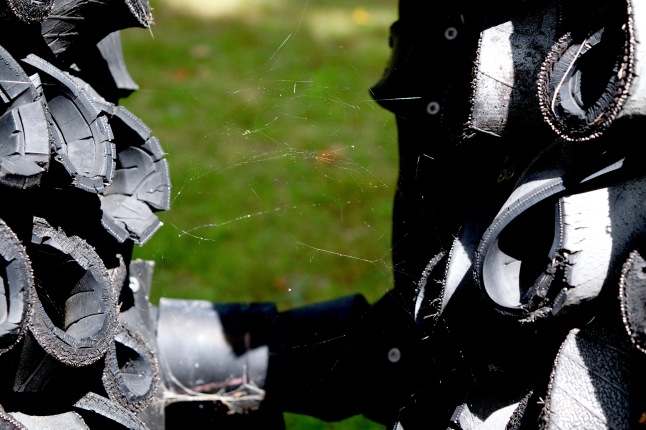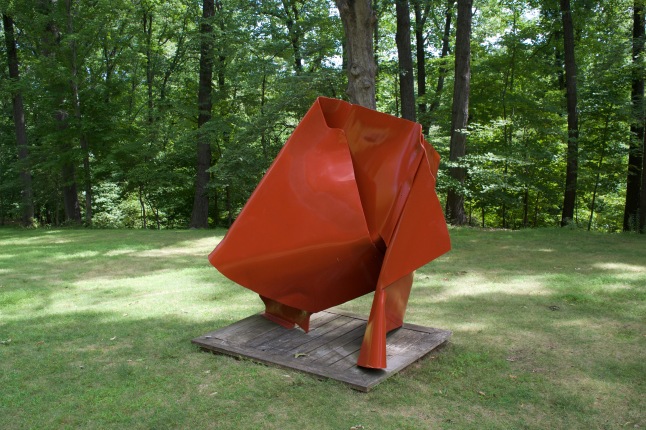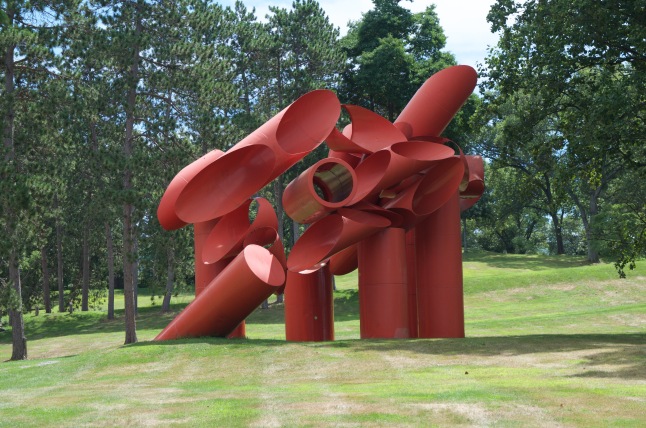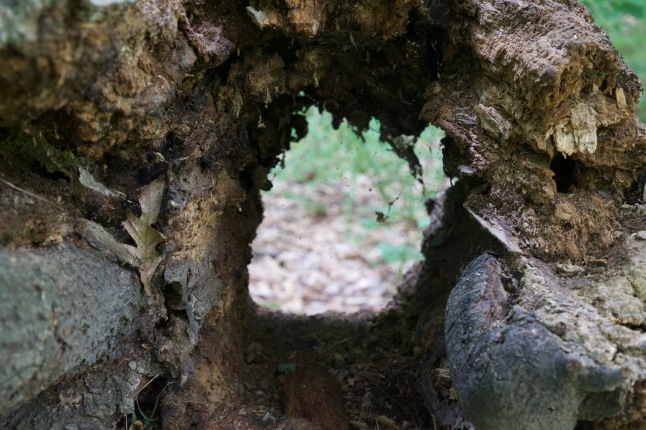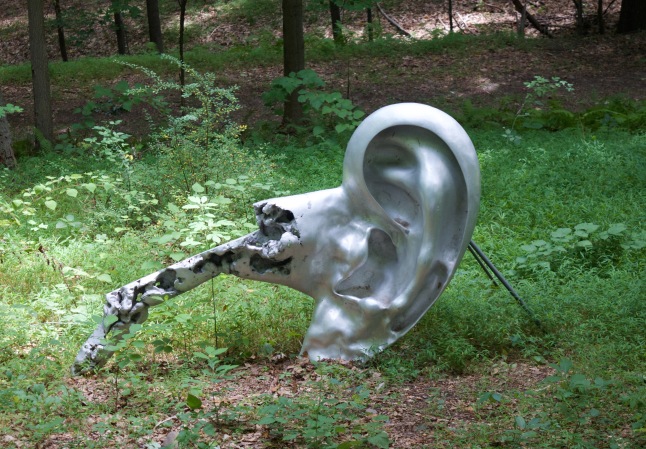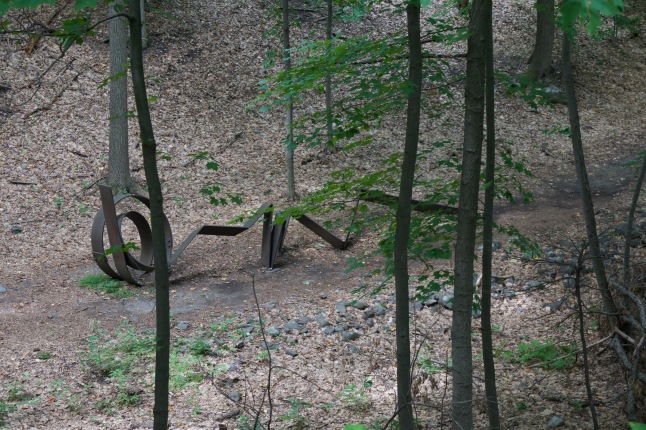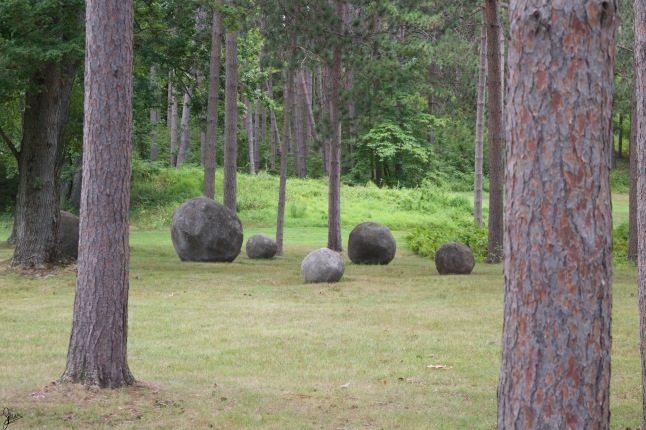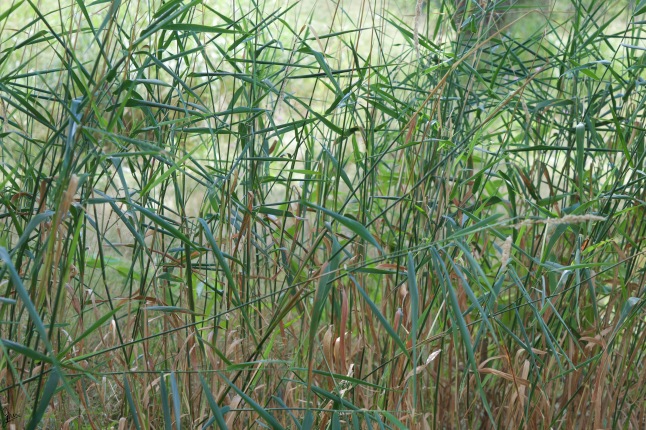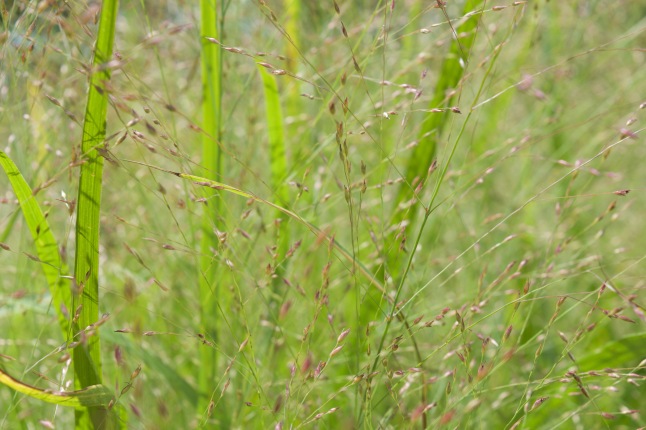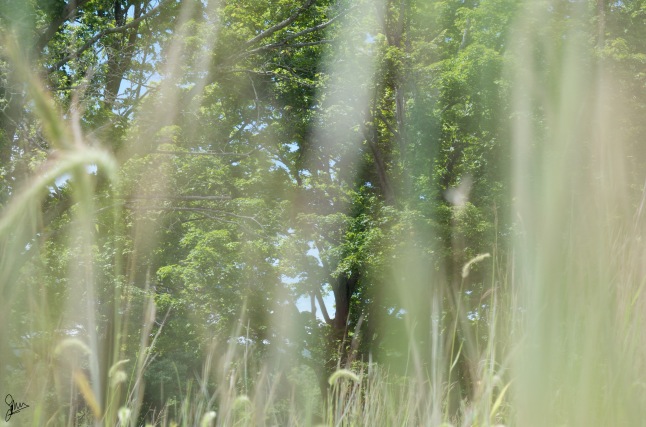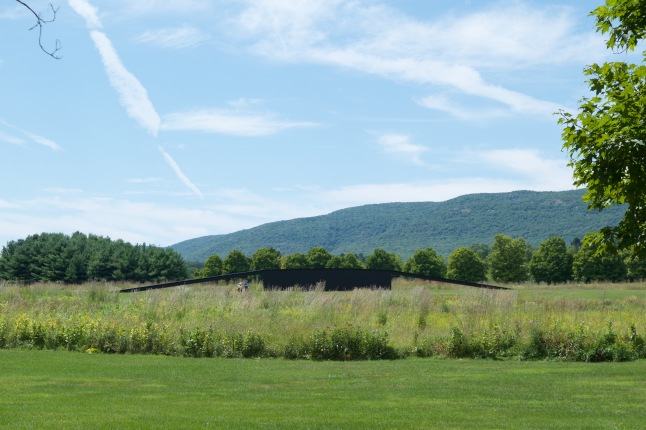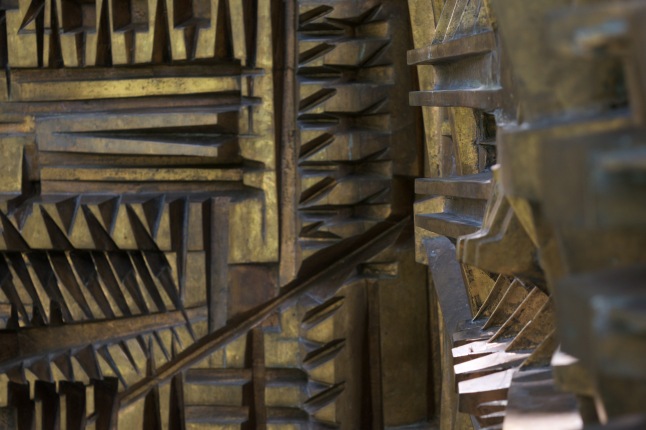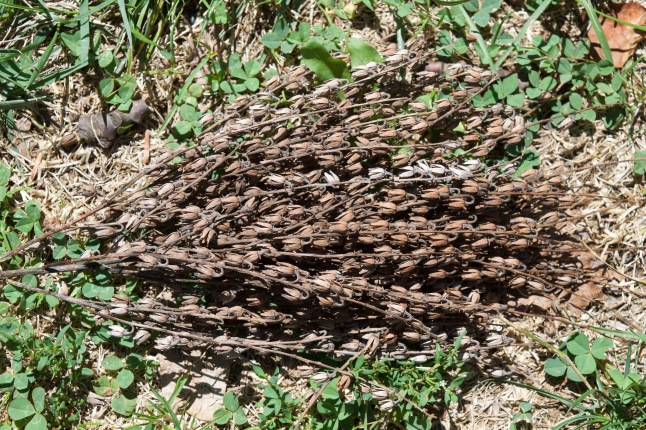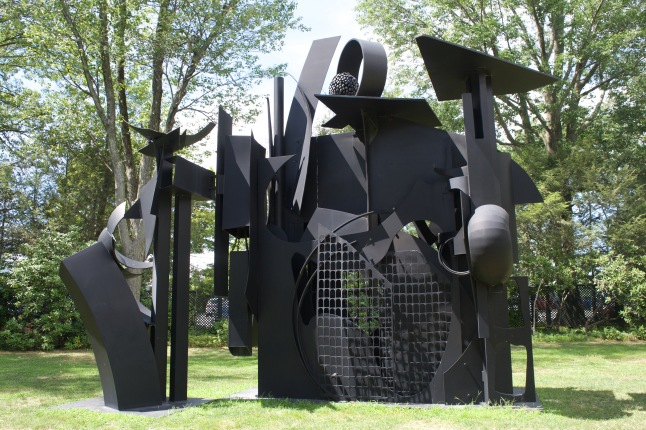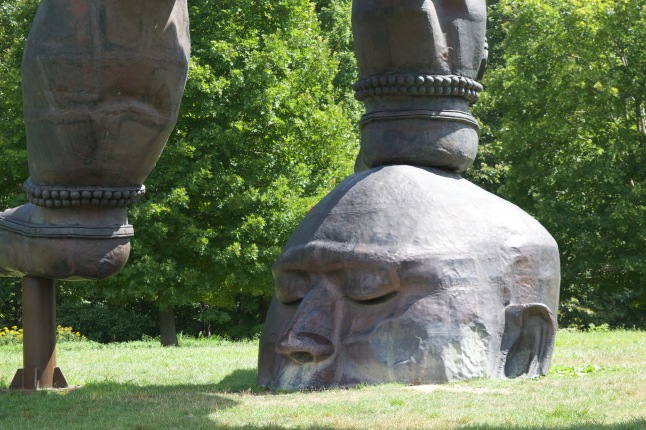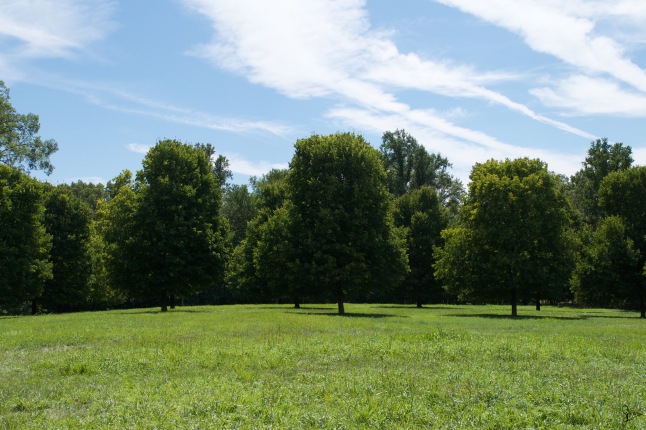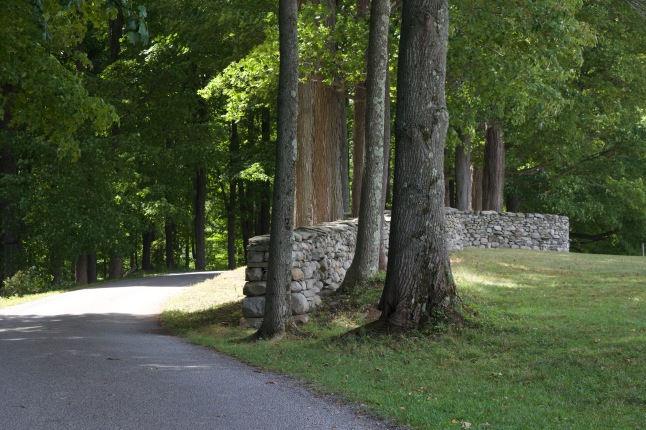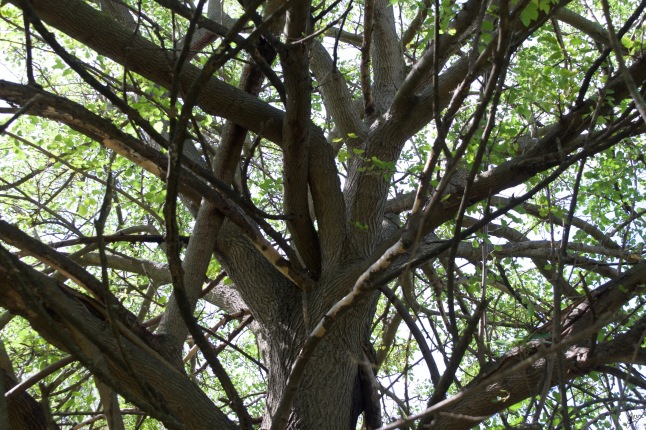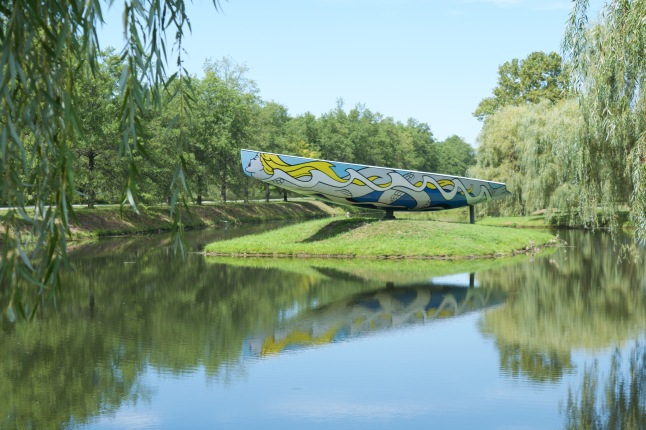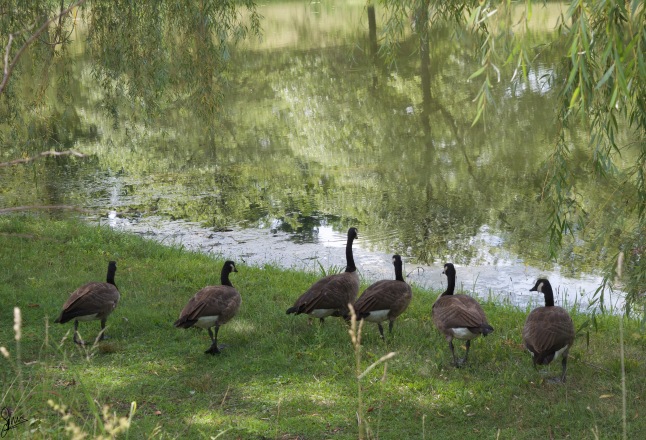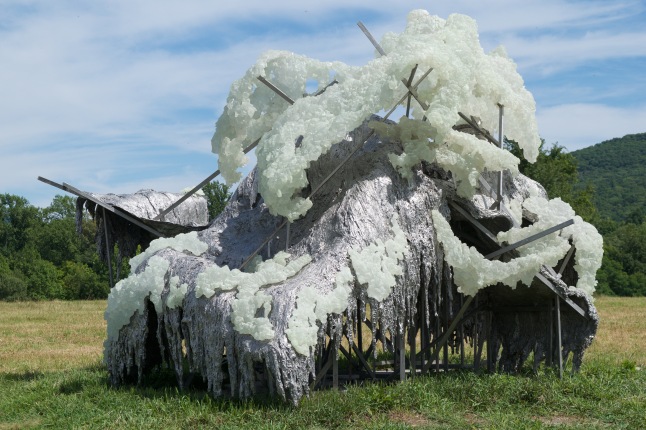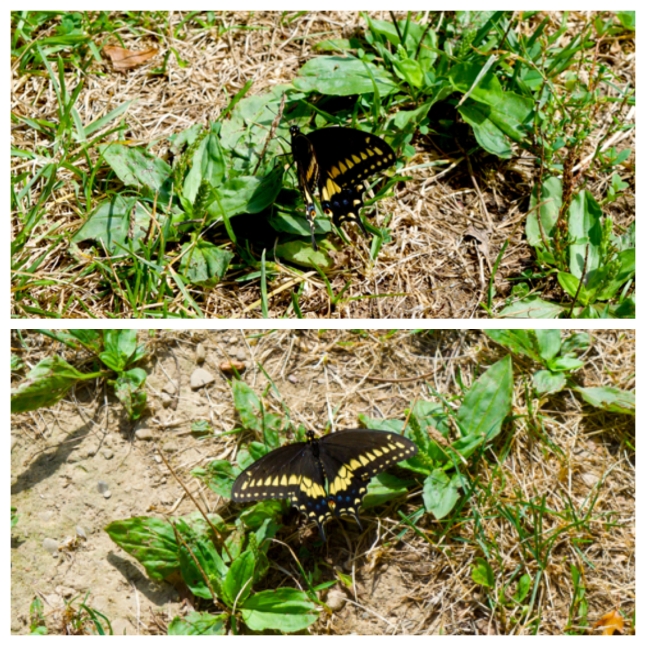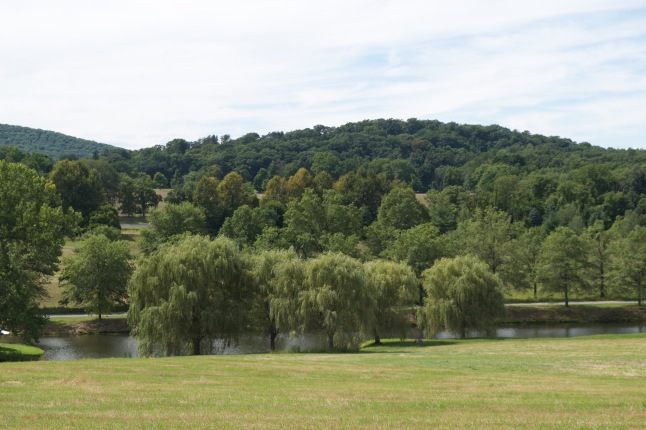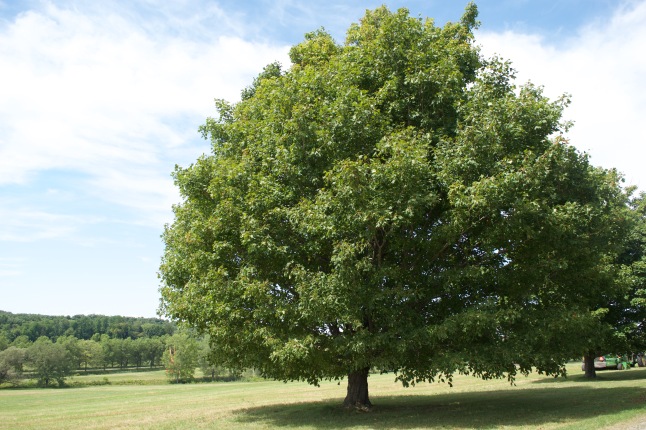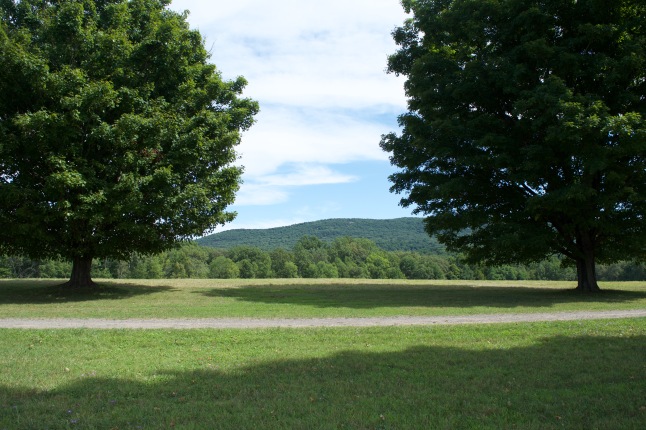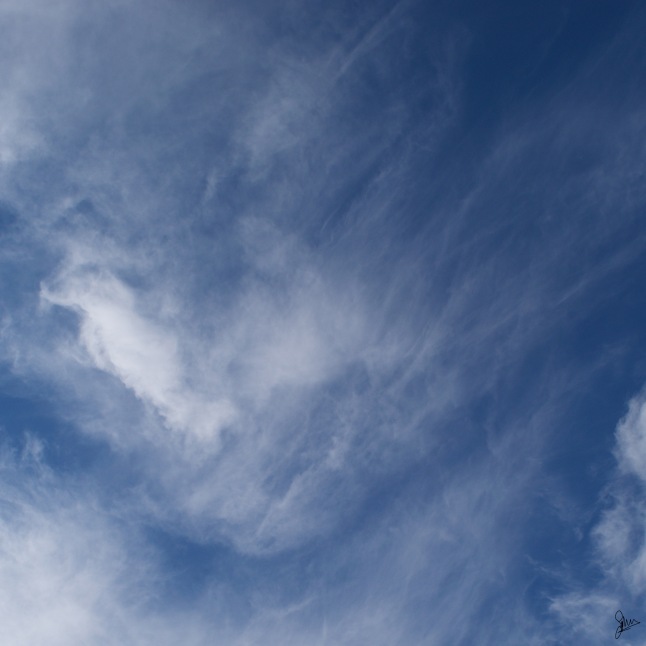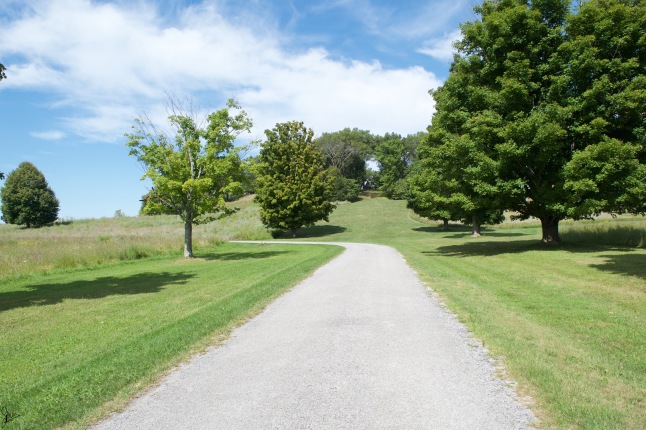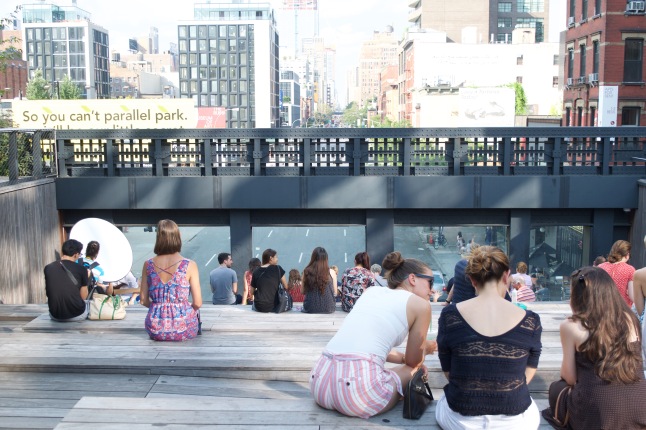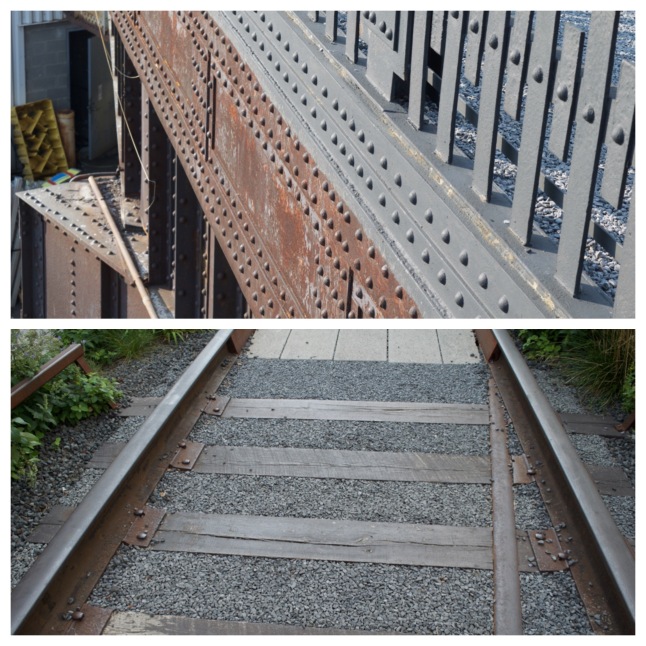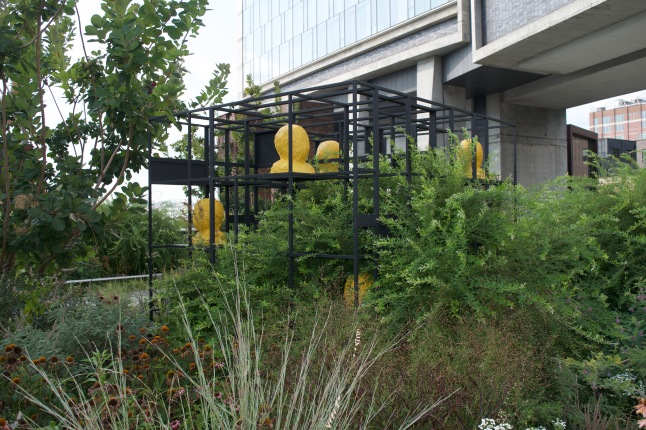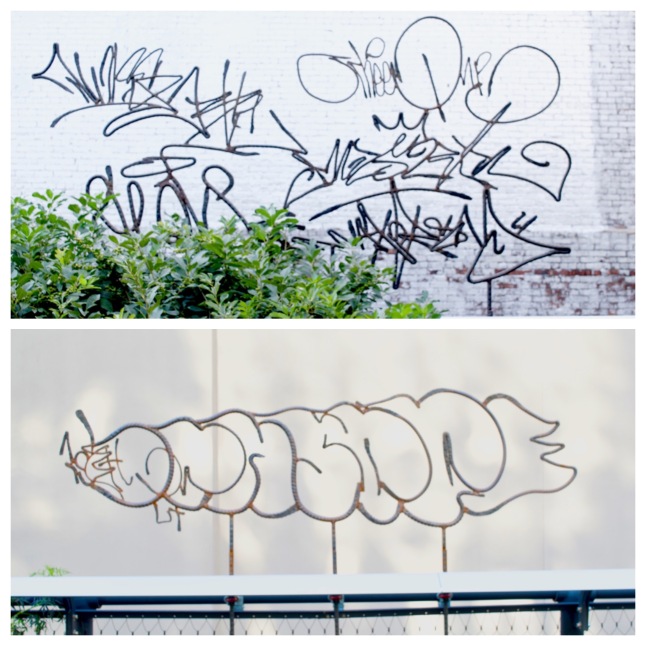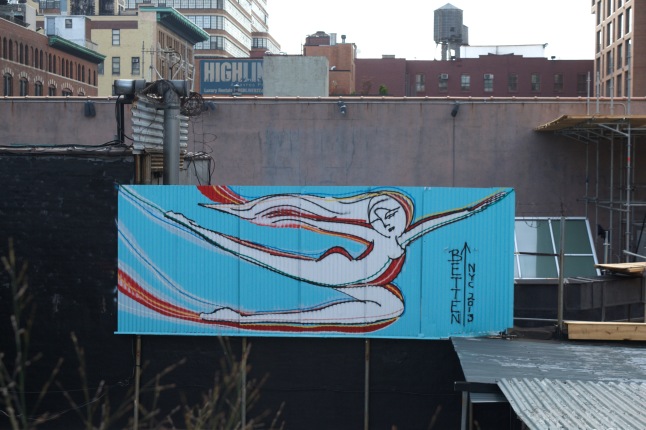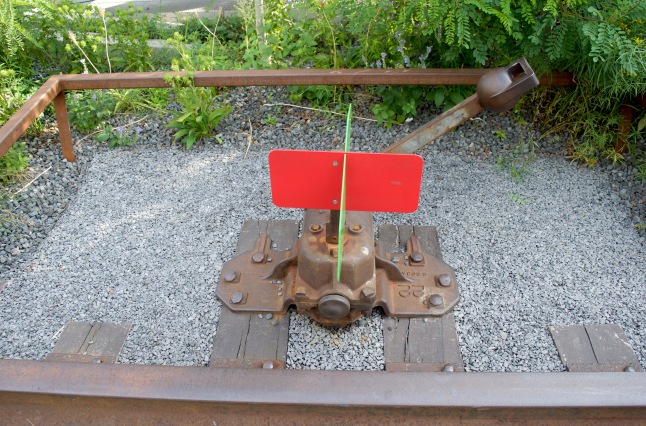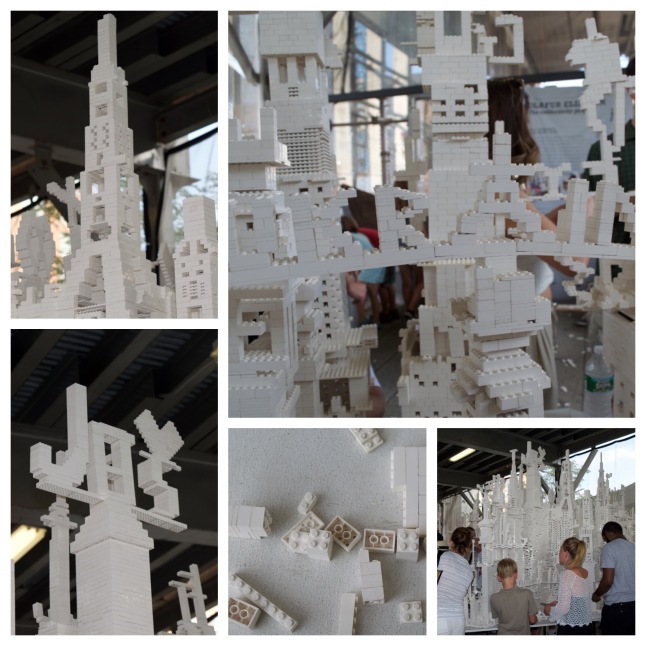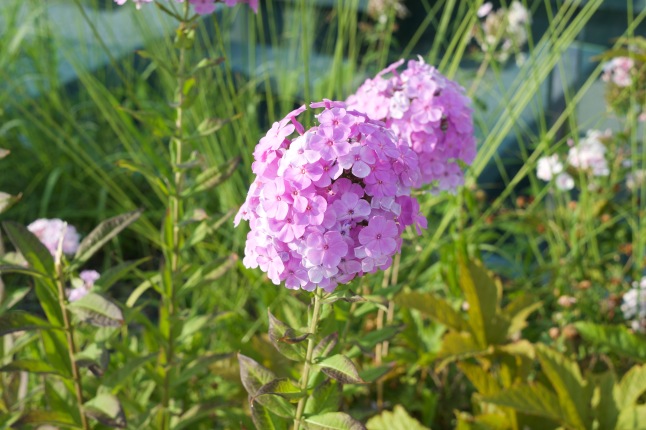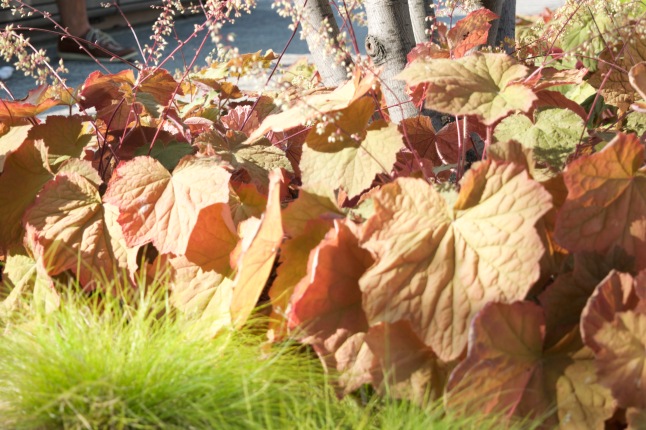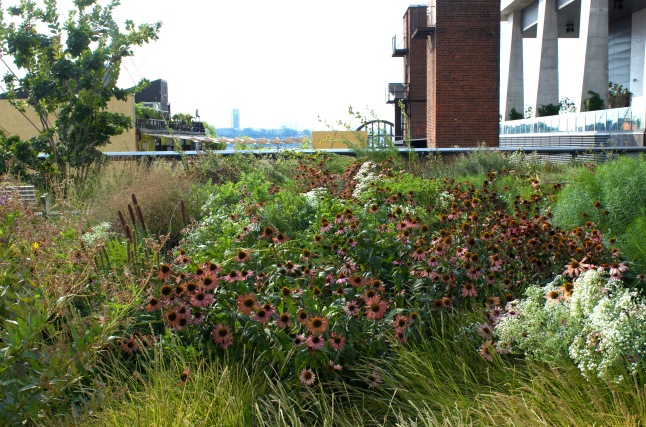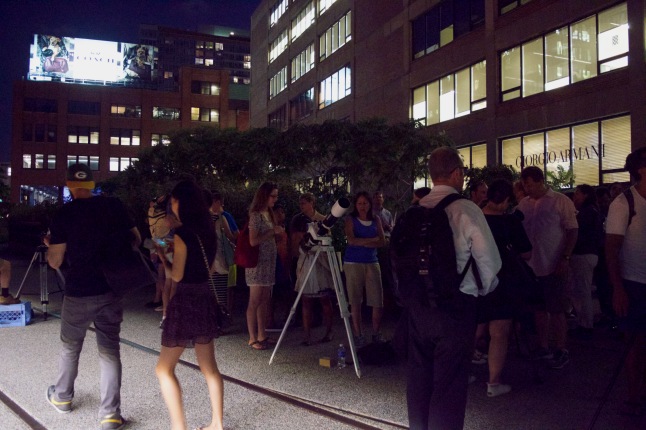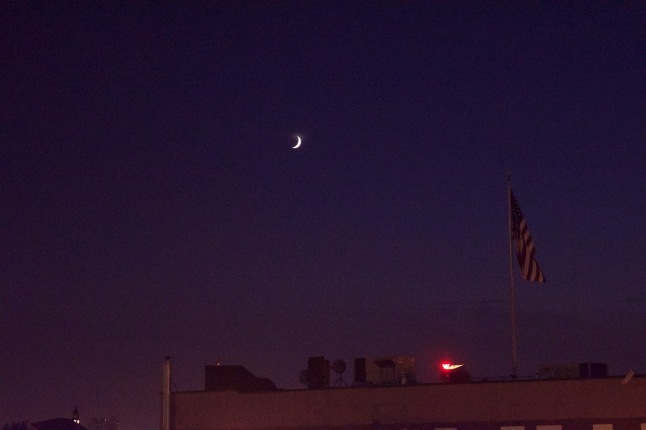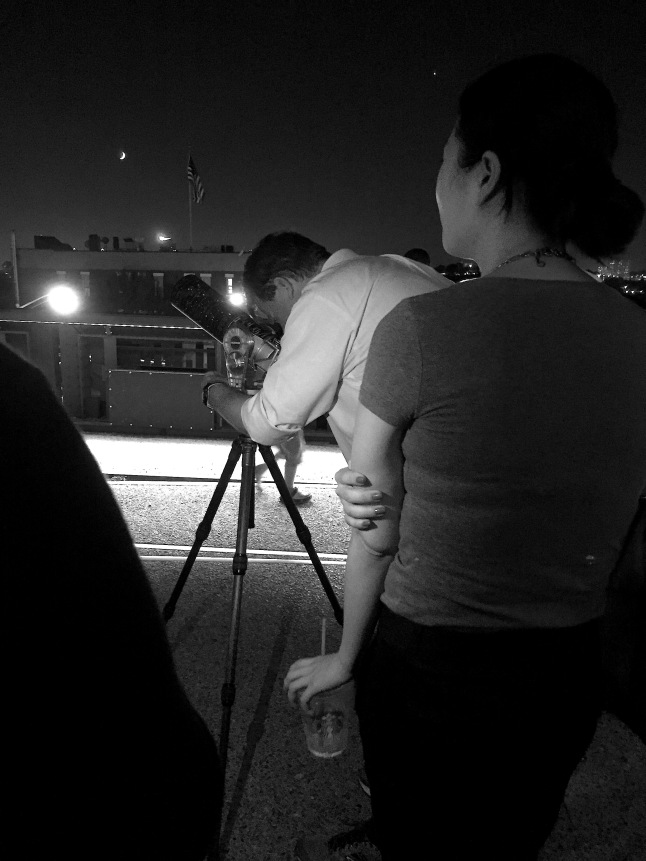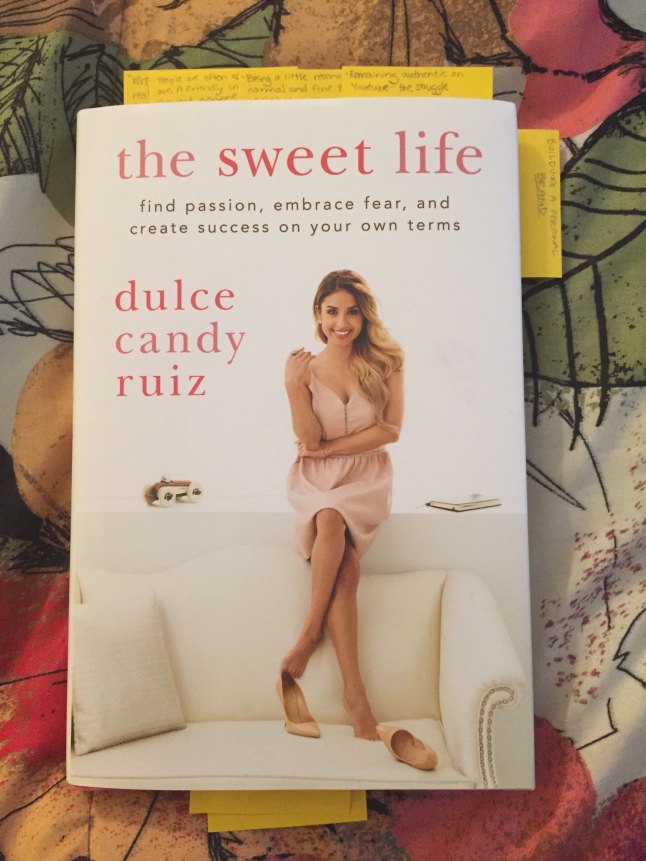When I was a child, learning to play the piano, for many years my favorite composer was Aaron Copland. One of the first “serious” pieces of music I learned as a beginner was called “Sunday Afternoon Music“, and I played it endlessly. I loved that it was simultaneously simple and complex, that it broke the rules of traditional music but still sounded like one cohesive piece, and I loved the narrative feel of it. I remember it took some concentration for me to learn – there are some unexpected twists, especially for a young musician – but once I had it, both playing it and listening to it was so calming.
When delving further into Copland’s life and work, I, of course, came across his most famous work, “Appalachian Spring“. It feels like such a piece of Americana, like Woody Guthrie or Little House on the Prarie. It’s classic American, in that it feels like the exploration of something new, paying enough due to a root in traditional classical music, but still distinctly non-European in its sound. Discovering Appalachian Spring as an 11-year-old was the first time I had heard of the Appalachian Trail and the idea of someday listening to it while in the midst of Appalachia thrilled me. I always liked the idea of artists creating great works in their natural habitats – Louisa May Alcott writing in Orchard House with a half-eaten apple on her desk and rain pattering on the roof, Thoreau nestled against a tree beside Walden Pond, scribbling away in a notebook. Of course, I would later find out that Copland had no idea what his work would be called when he composed it (he just knew he was composing a ballet for Martha Graham), so the Appalachian Trail was hardly his muse. But still, there was (and is) something so inspiring about the idea of great works being born in simple homes.
Last weekend, I finally took a long-overdue break from hectic city life to disconnect for a few days. On Saturday, we took the Metro-North train up to the Appalachian Trail stop and got off to find that the trail crossed right over the platform.
After years of running through life in New York City, what a relief the view of those trees, water, and boardwalk were. It felt like I could catch my breath for the first time. (Honestly, being out of the city probably did mean I could breathe a bit better.)
We hiked for about 3 hours, to the Dover Oak and back. According to Google, this was an “easy” hike, but it was just right for me in terms of climbing up and down hills and trudging through muddy puddles, without losing the pleasantness and relaxation.
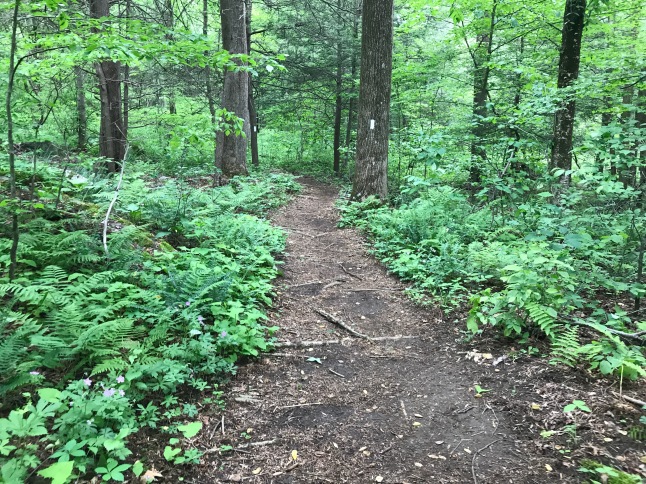
When planning the trip, I thought “easy” meant we would be walking on a boardwalk the whole time, but most of the hike consisted of trudging along damp paths like these, following white markers like the ones on the trees ahead.
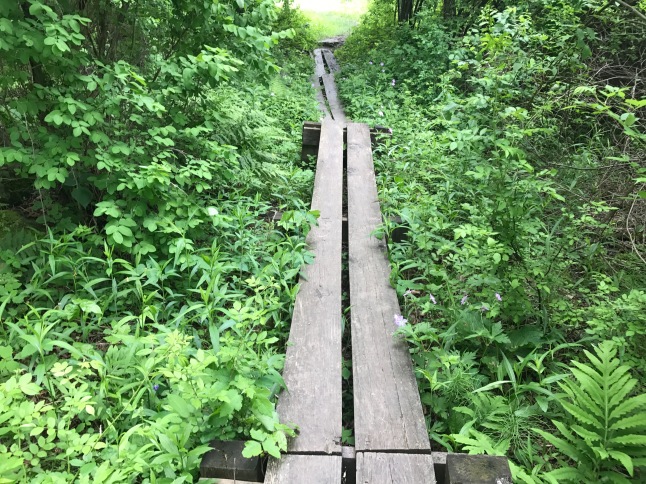
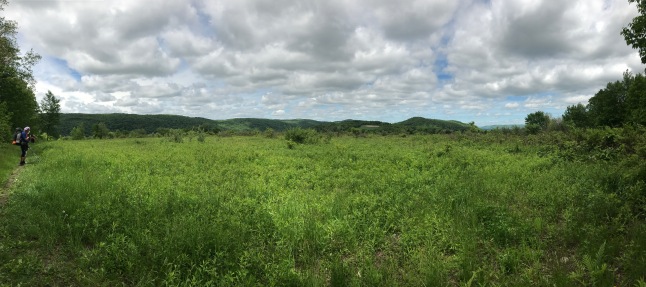
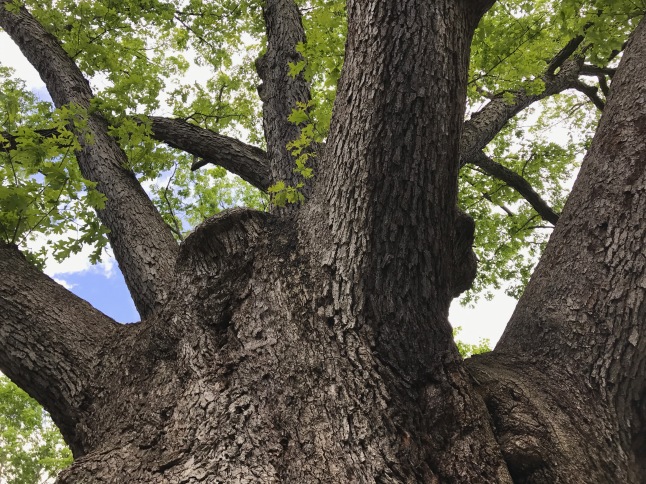
The Dover Oak
After the hike, we purposely missed our train and hung around for an extra two hours to enjoy our surroundings. When we were walking, we did pause a few times to look at the landscape, but it wasn’t until we sat down to wait for the next train that we realized that this – just sitting – was both the hardest and loveliest part of the whole trip. We sat back, planned our dinner, watched the birds and insects flicker by us, tried unsuccessfully to look for fish, and tried unsuccessfully to put down our phones. I engaged in some amateur nature photography as a compromise with myself.

Our seats. One points North, and the other points South.
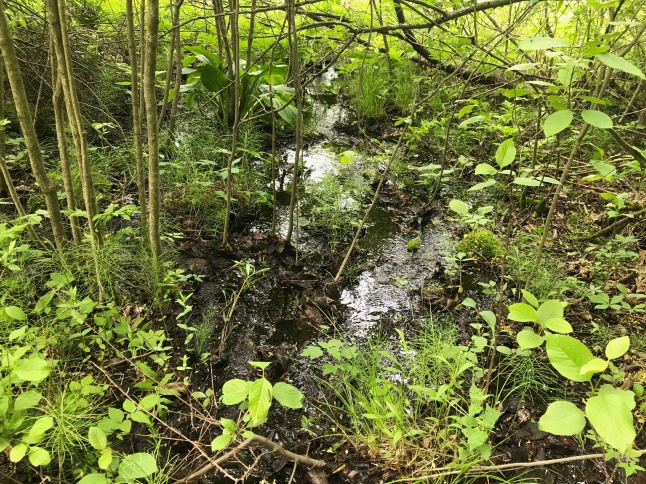

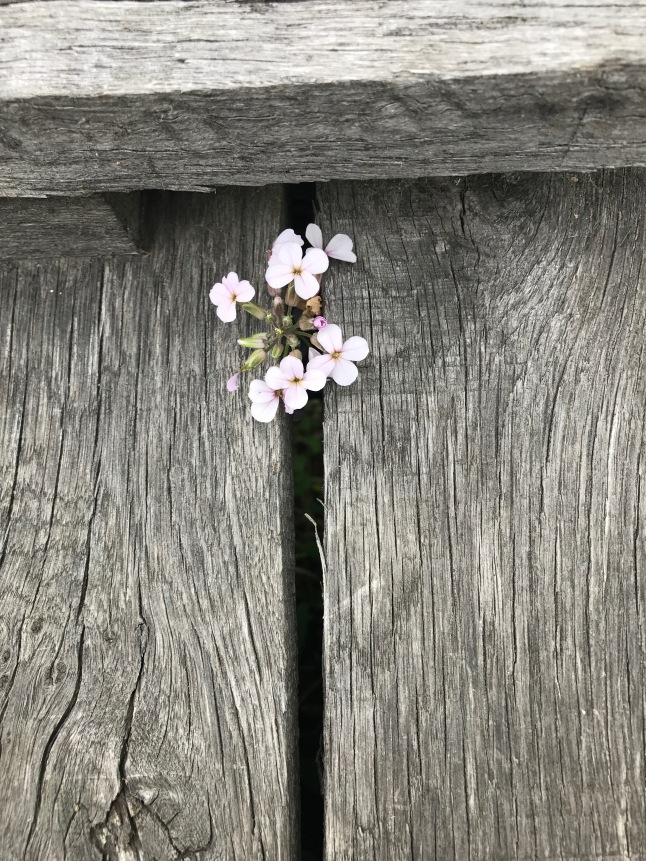
As we rode the train back, I thought about Aaron Copland and Appalachian Spring. I decided a few years ago that working towards an eventual happiness was not good enough for me – that I needed to do something professionally that would bring me happiness every day. Now, I think I need to go further than that. I need to better incorporate simplicity and peace into my daily life. I need to disconnect at night and not reconnect first thing in the morning, and I need to step away from all of it more often. As I’m writing this and reflecting on it all, I am reminded of the Shaker song “Simple Gifts“, which Copland famously used in his composition:
‘Tis the gift to be simple, ’tis the gift to be free
‘Tis the gift to come down where we ought to be,
And when we find ourselves in the place just right,
‘Twill be in the valley of love and delight.
When true simplicity is gained,
To bow and to bend we shan’t be ashamed,
To turn, turn will be our delight,
Till by turning, turning we come ’round right.
-Elder Joseph
‘Tis a gift indeed.







